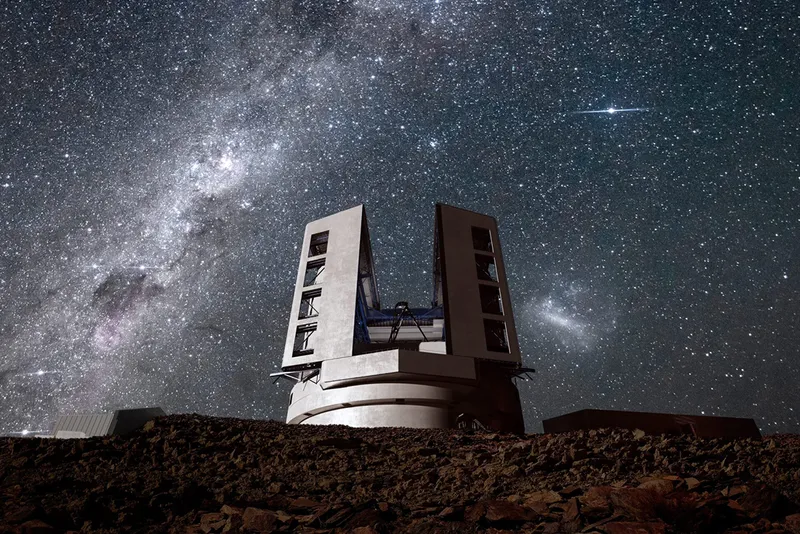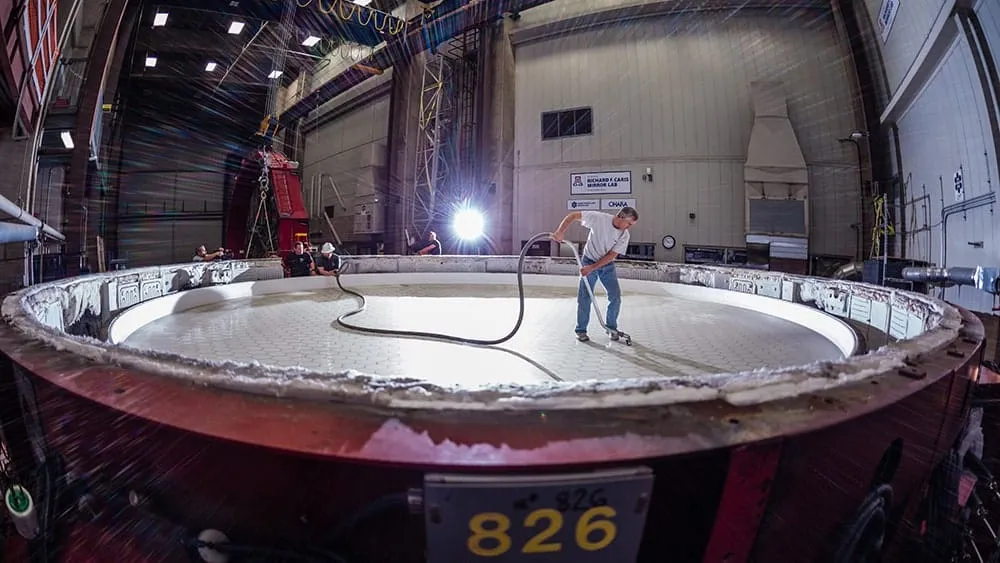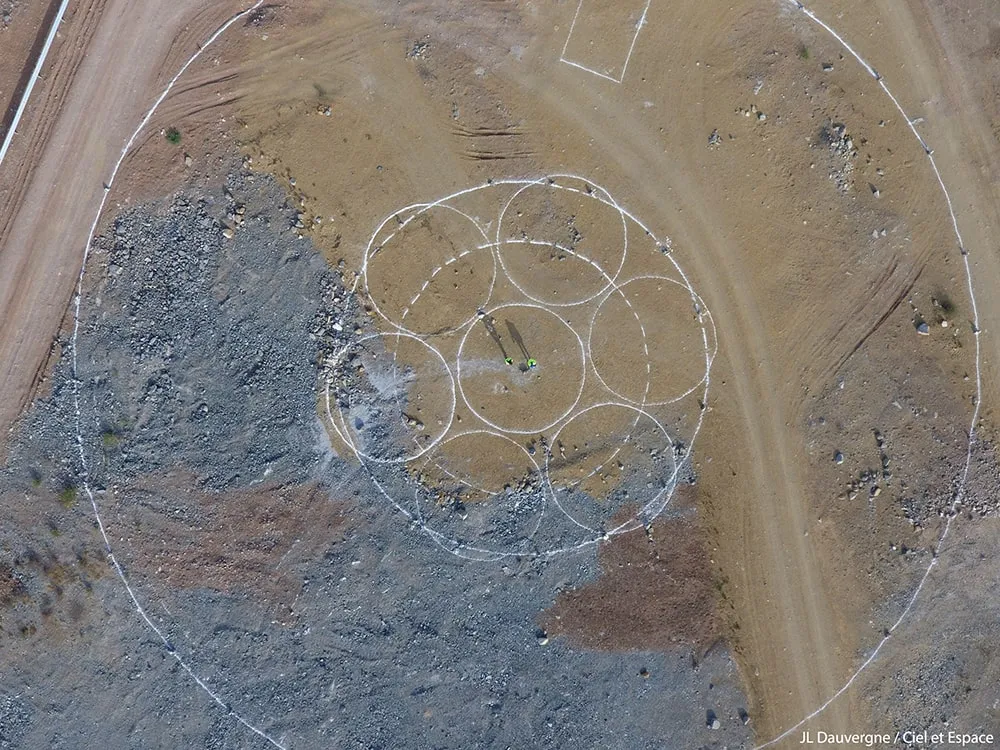Once operational, the Giant Magellan Telescope is set to become one of the largest optical telescope in the world.
It will host seven gigantic mirrors, each 8.4 meters in diameter.
In 2031 it's due to capture its first light, and this 65-metre-high observatory will begin its mission to peer deep into space.

With such impressive observing capabilities, the Giant Magellan Telescope is tasked with exploring the Big Bang and the formation of the first stars and galaxies.
Robert Shelton is the president of the Giant Magellan Telescope Observatory (GMTO), responsible for the construction of the new 25.4-metre Giant Magellan Telescope.
We got the chance to ask him how construction is going, and what we might expect from this new observatory.

What will the Giant Magellan Telescope offer astronomers?
The Giant Magellan Telescope – due to see first light in 2031 – will be optimal for looking at light from Earth-like exoplanets.
It will be able to decompose this light and detect whether there are molecular signs of life as we know it, from diatomic oxygen to methane to ozone to carbon dioxide.
Astronomers are also excited about the light-collecting area of the telescope, because it means that we can detect small signals, looking far back into how the cosmos formed: how the lights turned on, how ionisation started, how galaxies were formed.

What observing power does the telescope have?
The telescope’s primary mirror is composed of seven segments that form a 25.4-metre-diameter light-collecting surface, the seventh of which was started in October 2023.
These mirrors are 8.4 metres in diameter.
They capture the light, sending it up to a cluster of secondary mirrors that are called ‘adaptive’.
These rapidly deform in real time, to remove ‘wiggles’ in the telescope signals caused by the atmosphere.
The first of these secondary mirrors will roll out for testing by the end of the year.
After the molten glass has been cast, how long does it take one of the primary mirrors to cool?
It takes three to four months. The mirror is 17 tonnes, but you have to treat it gently.
The mirror lab at the University of Arizona has done this several times.
Making the first one is always the challenge and then the second comes along much more quickly.
The first primary mirror segment took about 4.5 years.

What are the advantages of ground-based telescopes over space-based?
They’re much less expensive and easier to modify than space-based telescopes.
Within the Giant Magellan Telescope’s 50-year operating span, there’s a plan to update and create new scientific instruments as technology evolves.
You typically can’t update space telescopes once launched, but new ideas and technologies are developing all the time.
By the time Hubble or James Webb Space Telescope launched, they were working with older electronics.
Ground-based telescopes also provide more opportunities to observe time-critical events such as planetary transits, stellar occultations, Solar System events and rapidly changing explosive transients.
Will the Giant Magellan work with space-based telescopes like Webb?
There will be a great deal of complementarity.
Astronomers are very good at sharing data and we’re making preparations to share the data with the entire world.
We’ll also observe both optical and infrared, while JWST works on the infrared, so they will complement one another.
The verb ‘to confirm’ is a powerful one – having the extra information in the optical will also allow us to confirm other discoveries.
Sometimes, to detect a molecule you need to know details about it from across the spectrum.
What inspires you about working with the Giant Magellan Telescope?

My background is not in astronomy but condensed matter physics.
I was connected with observatories like Keck in South Africa and South America, and then the Hubble Space Telescope.
When the opportunity came to be involved with the Giant Magellan, I couldn’t imagine turning down the chance to work on something as unique and groundbreaking.
It’s going to unveil images, ideas and data that we can’t even imagine yet.
Each time you do an experiment, you answer a question, and then a whole lot of other questions pop up in front of you.
Astronomy inspires people.
The Giant Magellan is a project that will inspire people for many decades to just wonder about the world and the Universe around them, to become involved in science and technology, and to get into artistic presentations and poetic renderings of these worlds.
That’s what drew me to it, and that’s why I’m still here.
This interview appeared in the March 2024 issue of BBC Sky at Night Magazine
